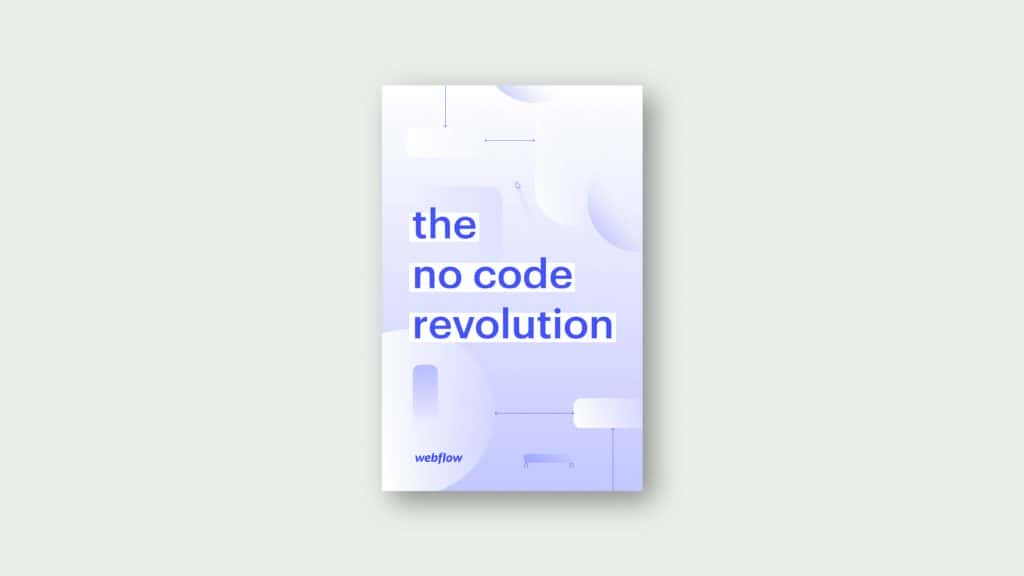Ironically enough, although it gets talked about a lot on Twitter and feels like ‘the hot new thing,’ the ‘no code movement’ is not all that new. At its core, the no code movement is just an evolution of core principles that has driven technological innovation for millennia: namely, the desire to democratize and scale processes, tools, and access to mediums which were formerly available only to a small set of people — and through that democratization, multiply the potential of what humankind can create.
In the early 1970s, Steve Jobs and Steve Wozniak exhibited the first Apple II at the First West Coast Computer Faire in San Francisco. The Apple II boasted built-in BASIC programming language, color graphics, and a 4100-character memory for just $1298. Programs and data could be stored on an audio-cassette recorder (remember those?!). Before the end of the fair, Wozniak and Jobs had secured 300 orders for the Apple II and from there Apple just took off.
Tandy Radio Shack and IBM weren’t far behind, quickly producing their own consumer-targeted computers.
What united all three machines, though, was their complete lack of a visual interface. Everything happened in the equivalent of the command line. That limited the new home computer’s utility to the technically savvy: people capable of using BASIC to write and execute their own home-rolled programs and share them with others.
It wasn’t until 1984 that the true potential of the computer was unleashed, again by Apple, with the first iteration of the Macintosh.
What set it apart? The graphical user interface (or GUI, for short). And a little thing we now call the mouse.
Interested in videos created exclusively for bookworms?
Watch videos about books, reading and writing. Expect weird, amazing, never known before facts and many more.





